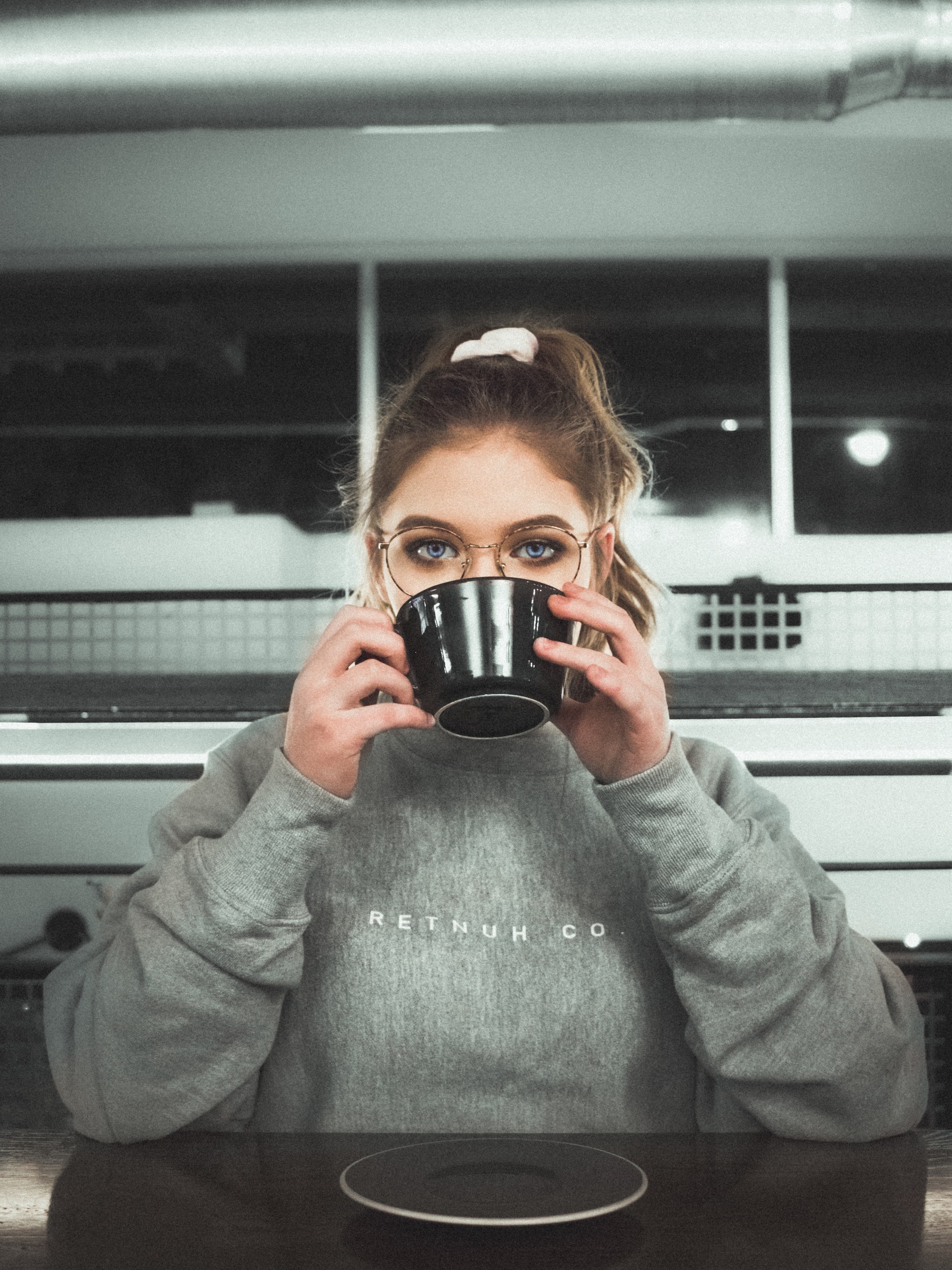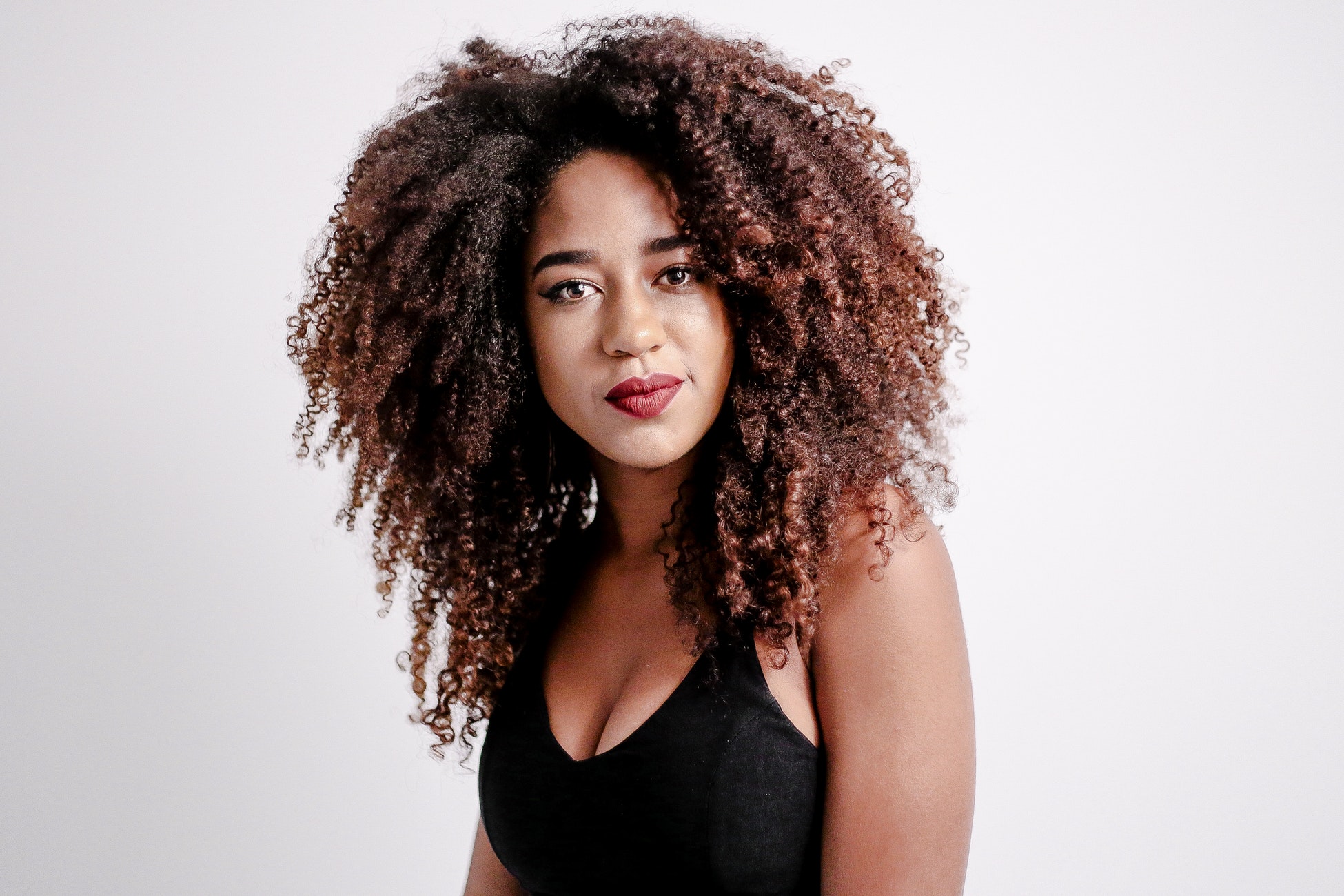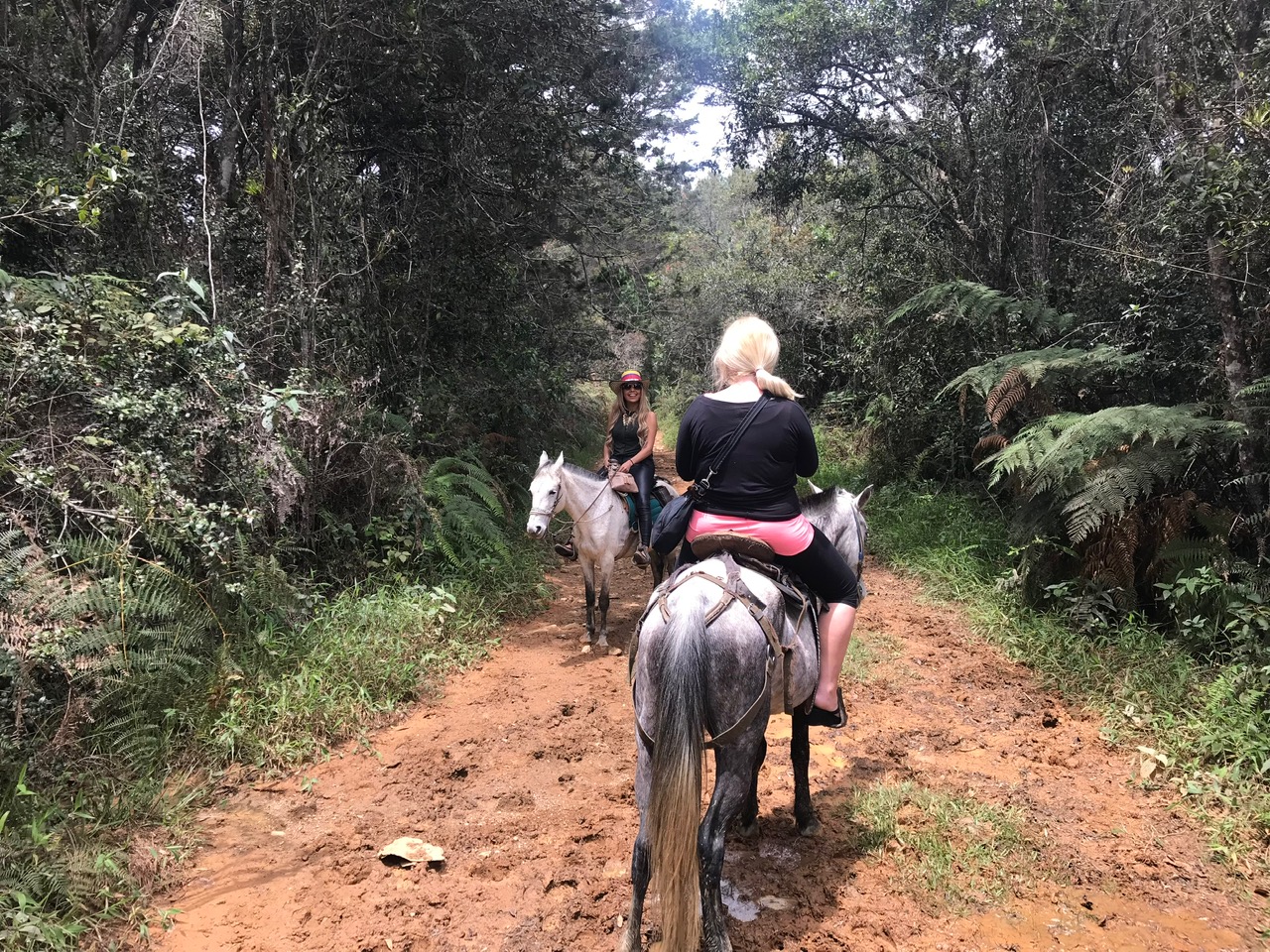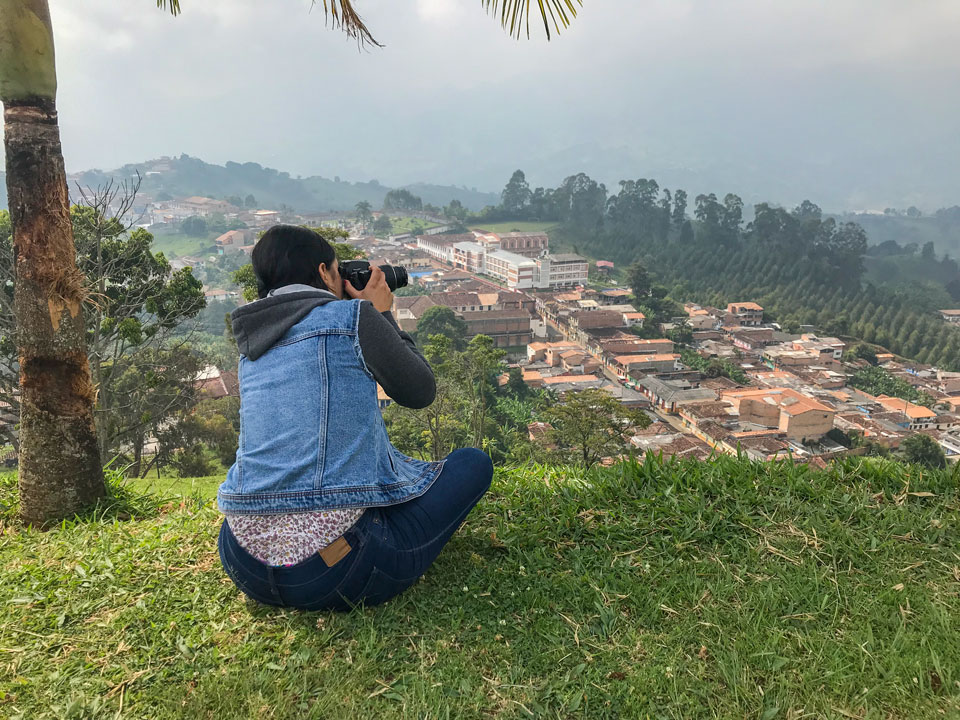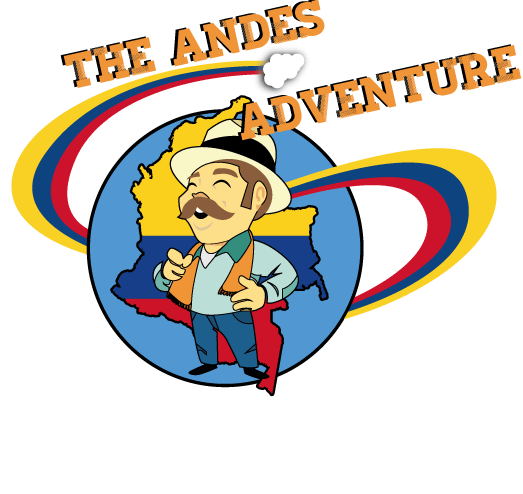TOUR HIGHLIGHTS
╔════════════════════════════════════╗
🚐 Private transport from Medellín
🌱 Visit a cacao farm
🍳 Traditional breakfast & lunch
🍫 Learn cacao-to-chocolate process
💆 Cacao exfoliation by the river
🏊 Swimming in river (optional)
🗣️ Bilingual guide (English/Spanish)
🕒 Full-day (7–8 hours)
╚════════════════════════════════════╝
TOUR DESCRIPTION
We’ll start heading to the east region of Medellín towards the beautiful countryside, where we’ll see a great variety of landscapes, farms and little towns on the road, after a 60 minutes drive away from the city we’ll have our first stop to stretch, go to the bathroom and absorb the extraordinary scenery around us, at the famous “Mirador de Cocorná”, a traditional restaurant with a scenic viewpoint at the highest part of the mountain, allowing us to asimilate the magnificense of the Andes Mountain Range in all of its glory, It’s located near the typical town of Cocorná, and it’s an obligatory stop for anyone that passes by.
Soon we’ll arrive to a gorgeous local family Cacao farm, immersed in natural beauty, full of a diverse of crops, flowers and plants, where we’ll live an authentic Cacao experience that will take you through the entire process of making chocolate, from the Cacao tree to the drink and chocolate bar!
Surrounded by the beautiful landscapes of Antioquia, you’ll understand the art and science of Cacao and it’s incredible history. From picking the fruit to roasting the Cacao Nibs, we’ll see first hand the complexity and dedication that goes into producing a simple cup of chocolate.
This is the process we will see:
1. Cacao Cultivation
These trees thrive in tropical climates, not higher than 1500 meters, producing cacao pods that are the starting point of chocolate, that are this fascinating and unique oval shaped fruits of all colors. You’ll see the different stages of growth and learn about the importance of the environment in cultivating high-quality cacao beans.
2. Harvesting the Pods
Next, we’ll witness the harvesting process. Farmers carefully handpick the ripe cacao pods, that are ready once they have a good size and bright color, which are then opened to reveal the cacao beans hidden inside a sweet, sticky and delicious pulp. Then is hanged upside down for a few hours, so gravity pulls the pulp down to earth and leaves the beans barely with any meat.
3. Fermentation
The freshly harvested beans are then placed in shallow wooden boxes, barrils or covered with banana leaves to ferment for 5-6 days. This critical stage develops the beans’ flavor and color, affecting the quality and taste of the final chocolate.
4. Drying the Beans
After fermentation, the beans are spread out under the sun to dry, covered in a plastic bag creating a type of green house effect. This process usually takes several days depending on the sun, ensuring the beans reach the proper moisture content.
5. Roasting
Once the beans are dry, they are roasted to bring out their rich, mysterious and complex flavors. The roasting time and temperature vary depending on the desired flavor profile. On the tour, you’ll see the roasting process in action and perhaps sample some freshly roasted beans!!
6. Winnowing
Roasted beans are then cracked and winnowed, which separates the cacao nibs from the husks. The nibs are the purest form of cacao and are the essential ingredient in making chocolate. You’ll get to see how machinery or traditional methods are used to perform this separation, it’s simply amazing and magical.
7. Grinding
The cacao nibs are ground into a thick paste known as chocolate liquor or cocoa mass. This step usually involves heavy machinery that crushes the nibs, but we’ll use a very traditional and resourceful method, releasing their natural ingredients (cocoa butter) and transforming them into a smooth, liquid form, which we will use to exfoliate after in the river!!
8. Conching
The chocolate liquor is then refined through a process called conching, where it is continuously mixed and aerated at controlled temperatures. This step can last from several hours to several days, depending on the desired smoothness and flavor, impacting the final product’s texture and taste.
9. Tempering
To achieve the perfect snap and glossy finish, the chocolate is tempered. This involves carefully cooling and reheating the chocolate to stabilize the cocoa butter crystals. You’ll observe the precise techniques used to temper chocolate and perhaps try your hand at it!
10. Molding and Packaging
Finally, the tempered chocolate is poured into molds to create bars, truffles, or other delicious shapes. After cooling and hardening, the chocolate is ready to be packaged.
We’ll make and package our own chocolate bar and take it home as souvenir!!
After our enriching cacao experience at the farm, we’ll head to a stunning, crystal-clear river with a small waterfall. Here, we’ll use the cocoa butter we made earlier for an exfoliating session, we’ll spread it all over our body to slough off dead skin cells, moisturize and rejuvenate our skin, and we’ll finish with a great natural massage inside the waterfall.
This natural treat will leave you feeling refreshed and literally glowing!!
End of Tour..




















